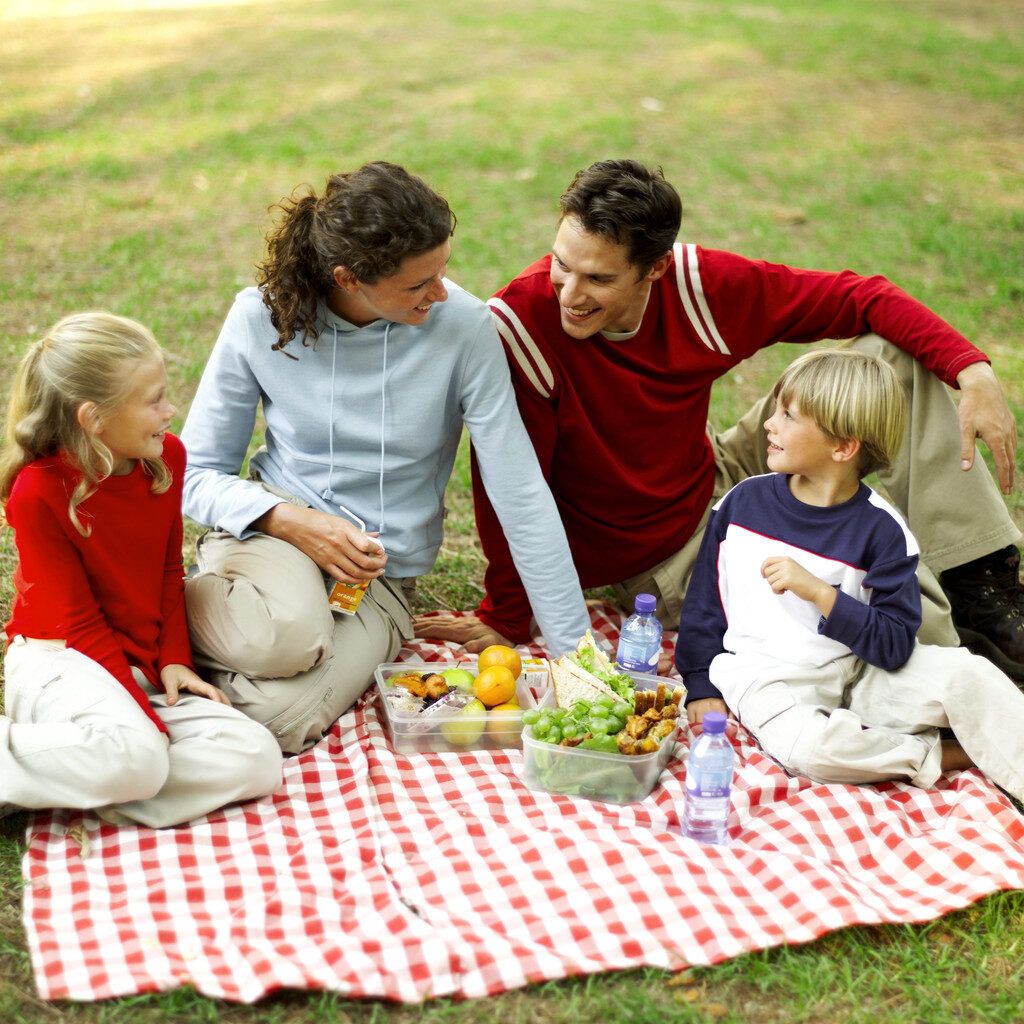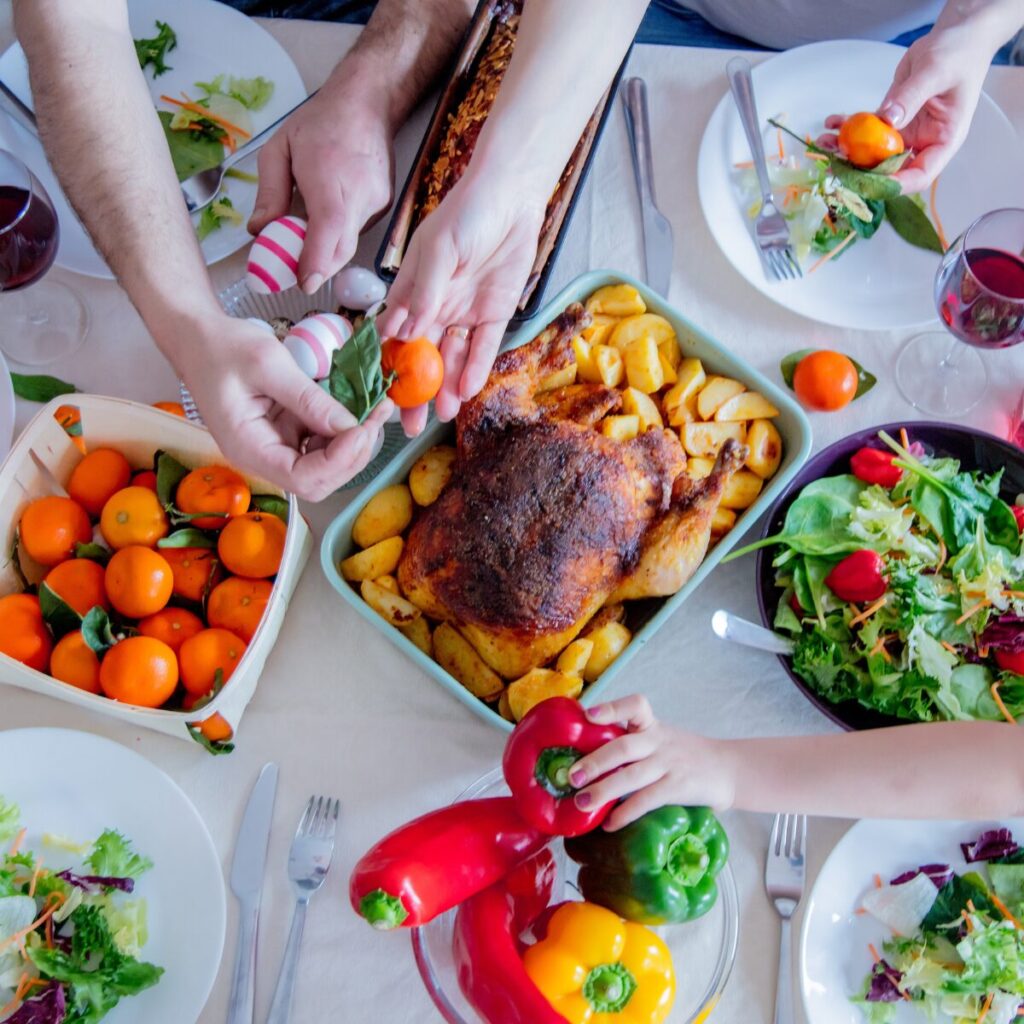It can be so challenging when children refuse food or seem fussy at mealtimes. This is very normal, but there’s one simple and powerful tool that can really help make mealtimes smoother. Role modelling. This is because children learn so much from the simple art of watching others eat!
In this blog we will discuss why role modelling in feeding kids is so important, and ways to be a positive role model around food, whether as a parent, sibling or other family member.
It can be so challenging when children refuse food or seem fussy at mealtimes. This is very normal, but there’s one simple and powerful tool that can really help make mealtimes smoother. Role modelling. This is because children learn so much from the simple art of watching others eat!

In this blog we will discuss why role modelling in feeding kids is so important, and ways to be a positive role model around food, whether as a parent, sibling or other family member.
What is role modelling?
Role modelling is officially “observational learning” so that the child learns to copy the behaviour or action and then do it themselves. When it comes to feeding, this means role modelling the behaviours and patterns around food, mealtimes and eating that you want to see your little ones copying. For example, it might be that you want them to eat a variety of foods, so you eat a variety yourself, or you might want them to use their knife and fork well, so you show them how to do this at mealtimes.
What and how you role model at mealtimes can hugely influence your child’s eating habits.
Why role modelling matters in feeding
Role modelling in feeding can be overlooked and often the focus is on what or how much they eat, rather than showing them how we eat and enjoy food.
We know that eating is a learned behaviour. Children aren’t born knowing how to eat or how to use utensils, so they need to be shown these skills by others. Little ones watch your actions more than they listen to your words, which is why being a role model is so important.

Seeing adults and siblings eating a wide variety of foods builds familiarity and reduces the fear of new foods. If children see you or others eating new foods, it builds trust they are safe and gives them confidence to try them themselves.
Role modelling also reduces pressure to eat. By watching you enjoy food, it naturally encourages them to explore, rather than feeling forced if someone is feeding them without actually eating themselves.
Not only does role modelling help them learn to eat and try new foods but encourages positive mealtime behaviour such as sitting at the table, learning manners, using cutlery, enjoying conversation and connecting with people.
6 Ways to be a positive role model
- Eat together right from the start of weaning and whenever possible. This is one of the key things you can do to help your child learn to eat and eat a variety of foods. If you are not wanting to eat a full meal together then even sharing a small bite of something or just having a few spoons of the same meal will help. There are many other benefits to eating together as a family which you can find inside this blog.
- Try to model enjoyment of a variety of foods. Model excitement, hunger, and enjoyment when eating wherever possible. This will help your little one to imitate this when food is around and can help foster an excitement and enjoyment of food. Tell them when you really enjoyed a mealtime and talk about your favourite foods and try to come in wth a positive outlook around food in general.
- Avoid showing disgust. For example saying “I don’t like that” or showing you really don’t like certain foods with your facial expressions. Children will easily pick up on facial expressions and this can influence their reactions to foods as well as their decisions on whether or not to try something. Of course we all have foods we don’t like, however it’s best in the early years to avoid talking negatively about foods as this may impact their own food preferences while they are still learning about food and what they enjoy. Also, it is fine if you or your child doesn’t love everything on offer, there may be some foods they will never enjoy and that’s ok. Just be mindful of how you express this.
- Talk about food and describe what it is like. If they are not keen to try a new food it could be they need to hear more about the smell, texture, flavour of it first. So verbalising different characteristics of food will help build that familiarity and trust. For example “this broccoli is really crunchy” it looks like a little green tree.
- Provide variety at mealtimes exposing your child to a variety of different foods and role modelling eating these gives them more exposure, opportunities and willingness to eat these foods.
- Use neutral language i.e avoid ‘good foods’ or ‘bad foods’ . Just refer to foods using their names such as a ‘carrot’ or ‘chocolate bar’ so you are not influencing their choices. You can find more mealtime language tips here.

Role modelling beyond parents
Eating habits are shaped by a wide circle of influence, not just parents, but siblings, grandparents, caregivers, and even peers. Each of these individuals plays a role in how children experience food and mealtimes. That’s why it’s so important to communicate openly with everyone involved in your child’s care. Whether it’s sharing your approach to mealtimes, your feeding goals, or the language you use around food, being consistent helps create a supportive and unified environment for your child.
Of course, when more people are involved, you might occasionally encounter unsolicited advice, even if it’s well-meaning. If that sounds familiar, I’ve shared some practical tips in this blog to help you navigate those moments with confidence and kindness.
Conclusion
Remember that your child learns through watching you eat and these small, repeated actions build a foundation for them to learn how to eat, how to enjoy foods and also helps to reinforce healthy eating habits. Whilst it can be difficult for a lot of families to sit together at every meal, being present and role modelling whenever you can (and doing this consistently) can have such a lasting impact on their life long enjoyment of food.